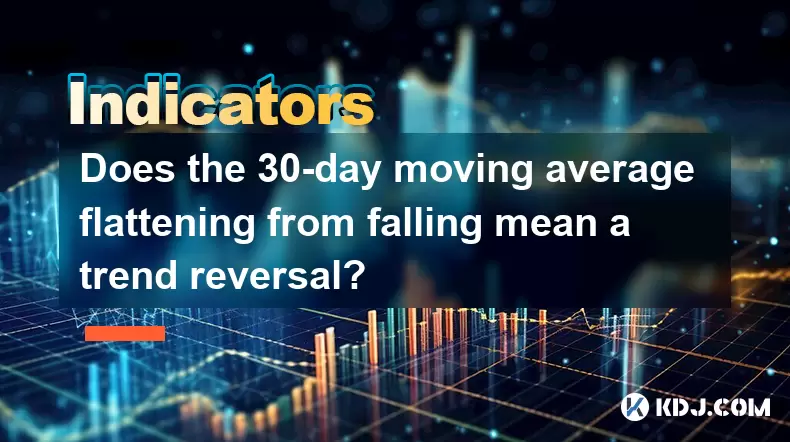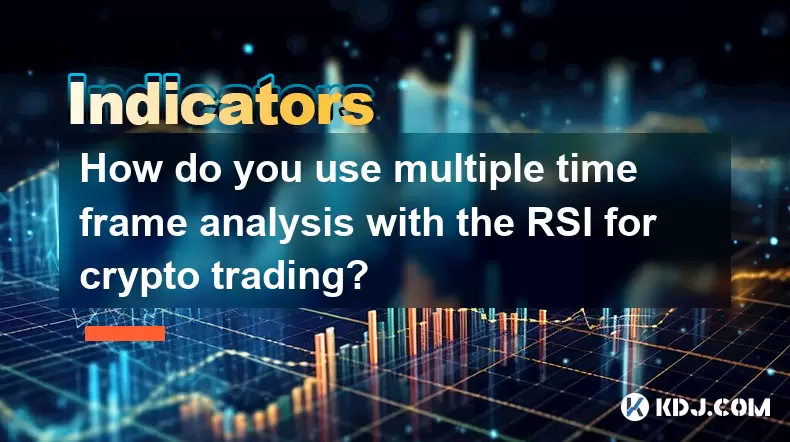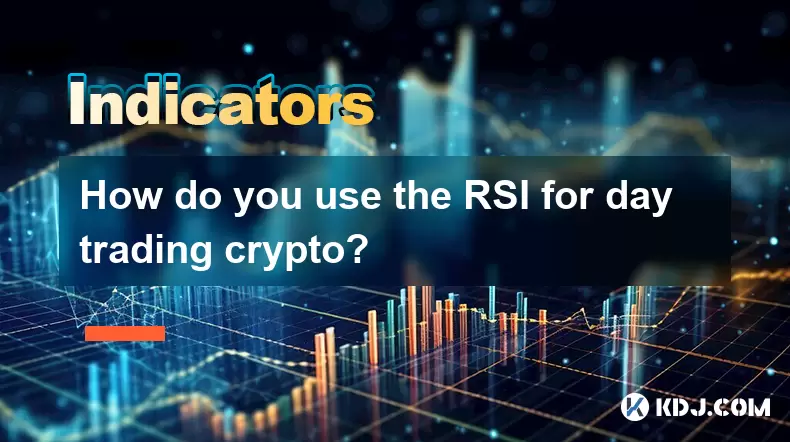-
 Bitcoin
Bitcoin $118400
0.47% -
 Ethereum
Ethereum $3836
2.20% -
 XRP
XRP $3.157
2.98% -
 Tether USDt
Tether USDt $0.9999
-0.03% -
 BNB
BNB $801.5
1.31% -
 Solana
Solana $180.9
2.07% -
 USDC
USDC $0.9999
-0.02% -
 Dogecoin
Dogecoin $0.2225
2.50% -
 TRON
TRON $0.3285
-1.02% -
 Cardano
Cardano $0.7789
2.60% -
 Hyperliquid
Hyperliquid $43.60
2.39% -
 Sui
Sui $3.892
4.41% -
 Stellar
Stellar $0.4229
3.34% -
 Chainlink
Chainlink $18.01
3.98% -
 Hedera
Hedera $0.2745
6.77% -
 Bitcoin Cash
Bitcoin Cash $582.3
3.38% -
 Avalanche
Avalanche $23.77
1.04% -
 Ethena USDe
Ethena USDe $1.001
0.01% -
 Toncoin
Toncoin $3.493
3.59% -
 Litecoin
Litecoin $110.0
2.48% -
 UNUS SED LEO
UNUS SED LEO $8.936
-0.37% -
 Shiba Inu
Shiba Inu $0.00001304
2.49% -
 Uniswap
Uniswap $9.999
1.09% -
 Polkadot
Polkadot $3.897
3.26% -
 Monero
Monero $308.6
-0.83% -
 Dai
Dai $0.9999
-0.01% -
 Bitget Token
Bitget Token $4.504
-0.04% -
 Pepe
Pepe $0.00001154
2.95% -
 Cronos
Cronos $0.1471
3.06% -
 Ethena
Ethena $0.6691
19.53%
Does the 30-day moving average flattening from falling mean a trend reversal?
A flattening 30-day MA after a downtrend suggests slowing bearish momentum, potentially signaling a pause or reversal if confirmed by volume, price action, and other indicators.
Jun 21, 2025 at 04:07 pm

Understanding the 30-Day Moving Average in Cryptocurrency Trading
The 30-day moving average (MA) is a widely used technical indicator among cryptocurrency traders to analyze price trends over a specific period. It calculates the average closing price of an asset over the last 30 days, smoothing out short-term volatility and offering insights into longer-term momentum. Traders often rely on this metric to identify potential shifts in market sentiment or trend direction.
In the context of cryptocurrency markets, which are known for their high volatility, the 30-day MA acts as a key reference point. When prices are above the MA, it's generally seen as a bullish signal; conversely, when prices fall below, it may indicate bearish pressure. However, interpreting subtle changes like the flattening of a declining MA requires deeper analysis.
What Does It Mean When the 30-Day MA Flattens After Falling?
When the 30-day MA flattens after a sustained downward slope, it suggests that the rate at which prices have been falling is slowing down. This doesn't necessarily mean a reversal has occurred, but it does signal a potential pause in the downtrend. The flattening could reflect diminishing selling pressure or a balance between buyers and sellers.
For example, if Bitcoin’s 30-day MA was steadily decreasing from $40,000 to $30,000 over several weeks and then stops declining—remaining around $30,000 for a few days—it indicates that the downward movement is losing momentum. This can be a precursor to consolidation or a potential reversal, depending on other supporting indicators and volume patterns.
How to Confirm Whether a Trend Reversal Is Likely
- Volume Analysis: A significant increase in trading volume during the flattening phase can suggest strong buyer interest. If volume picks up while the MA flattens, it may support the case for a reversal.
- Price Action Confirmation: Look for higher lows and higher highs forming on the price chart alongside the MA flattening. This pattern reinforces the idea that buyers are gaining control.
- Support Levels: If the price stabilizes near a key support level (such as a previous resistance zone or Fibonacci retracement), it increases the probability of a reversal rather than just a temporary pause.
- Additional Indicators: Combine the MA with tools like RSI (Relative Strength Index) or MACD (Moving Average Convergence Divergence). For instance, if RSI moves above 50 while the MA flattens, it adds strength to the possibility of a bullish shift.
Case Study: Ethereum’s 30-Day MA Flattening in Early 2024
During early 2024, Ethereum experienced a sharp decline from $3,500 to $1,800 over a span of six weeks. During this time, the 30-day MA was consistently sloping downward, indicating a strong bearish trend. By mid-March, however, the MA began to flatten, hovering around $1,900.
Simultaneously, Ethereum saw increased volume and positive candlestick patterns such as engulfing candles and hammer formations. These developments coincided with the RSI crossing above 50, suggesting strengthening buying pressure. Over the following two weeks, ETH broke out above $2,200, confirming a trend reversal.
This real-world example illustrates how a flattening MA can act as an early warning sign for traders to monitor for additional confirmation signals before entering a new position.
Common Pitfalls When Interpreting MA Flattening
Traders often misinterpret the flattening of a declining MA as a guaranteed reversal signal. In reality, many false signals occur in volatile crypto markets. Here are some common mistakes:
- Ignoring Volume Signals: Without rising volume, the flattening MA might simply indicate sideways movement rather than a reversal.
- Overlooking Larger Timeframes: Sometimes, what appears as a reversal on the daily chart may still align with a broader downtrend on the weekly chart.
- Relying Solely on One Indicator: Using only the 30-day MA without cross-checking with other tools can lead to premature entries and losses.
- Failing to Set Stop-Losses: Even if the MA flattens, there's no guarantee the downtrend won’t resume. Setting proper risk management parameters is crucial.
How to Trade Based on a Flattening 30-Day MA
If you observe the 30-day MA flattening after a downtrend, here’s a step-by-step guide to assess and potentially trade the scenario:
- Monitor Price Closely Around the MA: Watch whether the price starts to consolidate or bounces off the MA line. A bounce can indicate growing support.
- Look for Bullish Candlestick Patterns: Patterns like morning stars, bullish engulfing, or hammers near the MA may confirm strengthening buyer sentiment.
- Check for Breakouts Above Resistance: A breakout above a recent resistance level with strong volume adds credibility to a potential reversal.
- Use Oscillators for Entry Timing: Tools like Stochastic RSI or MACD can help pinpoint optimal entry points once the MA begins to flatten.
- Set Realistic Take-Profit and Stop-Loss Levels: Place stop-loss orders below the recent swing low to limit downside risk. Target profits based on historical resistance zones or measured move projections.
Frequently Asked Questions
Q: Can the 30-day MA alone predict a trend reversal accurately?
A: No single indicator can reliably predict reversals in isolation. While the 30-day MA provides useful trend context, combining it with volume, candlestick patterns, and oscillators improves accuracy.
Q: What timeframes work best with the 30-day MA in crypto trading?
A: Daily charts are most commonly used with the 30-day MA, especially for medium-term strategies. Shorter timeframes like 4-hour or 1-hour charts can complement decision-making but should not replace the daily view entirely.
Q: Should I use the simple or exponential version of the 30-day MA?
A: Both versions have merit. The simple moving average (SMA) gives equal weight to all periods, while the exponential moving average (EMA) places more emphasis on recent prices. EMA may respond faster to price changes, making it preferable for more reactive strategies.
Q: How often should I check the 30-day MA for potential trend changes?
A: Since it’s a lagging indicator, checking the 30-day MA daily is sufficient for most traders. Frequent monitoring on shorter intervals can create unnecessary noise and confusion.
Disclaimer:info@kdj.com
The information provided is not trading advice. kdj.com does not assume any responsibility for any investments made based on the information provided in this article. Cryptocurrencies are highly volatile and it is highly recommended that you invest with caution after thorough research!
If you believe that the content used on this website infringes your copyright, please contact us immediately (info@kdj.com) and we will delete it promptly.
- SEC, Crypto, and Securities: Navigating the New Frontier
- 2025-08-01 05:10:12
- Cardano (ADA) Market Cap: Can It Compete with Emerging Cryptocurrencies and Meme Coins?
- 2025-08-01 04:30:12
- SEC, Crypto, and On-Chain: Navigating the Regulatory Maze
- 2025-08-01 02:31:40
- Jito Labs, Solana, and Liquid Staking: Riding the Wave of Innovation
- 2025-08-01 03:50:12
- Perpetual DEX: Navigating Onchain Trading and Solving Core Problems, a NY Perspective
- 2025-08-01 03:57:53
- Bitcoin Bullish Market: How Long Positions are Boosting the Crypto King
- 2025-08-01 02:35:33
Related knowledge

How do you use multiple time frame analysis with the RSI for crypto trading?
Aug 01,2025 at 05:19am
Understanding the Role of RSI in Crypto TradingThe Relative Strength Index (RSI) is a momentum oscillator that measures the speed and change of price ...

How can you use the RSI to determine exit points in crypto trades?
Aug 01,2025 at 04:29am
Understanding the Role of RSI in Crypto TradingThe Relative Strength Index (RSI) is a momentum oscillator widely used in the cryptocurrency market to ...

How do you use the RSI for day trading crypto?
Aug 01,2025 at 05:26am
Understanding the RSI in Cryptocurrency TradingThe Relative Strength Index (RSI) is a momentum oscillator that measures the speed and change of price ...

What does it signify when the MACD crosses below the zero line?
Aug 01,2025 at 01:43am
Understanding the MACD IndicatorThe Moving Average Convergence Divergence (MACD) is one of the most widely used technical analysis tools in the crypto...

How does the MACD histogram show momentum?
Aug 01,2025 at 01:16am
Understanding the MACD Histogram and Its Role in Cryptocurrency TradingThe MACD histogram is a visual representation of the difference between the MAC...

What is a MACD crossover?
Jul 31,2025 at 11:52pm
Understanding the Role of Private Keys in Cryptocurrency SecurityIn the world of cryptocurrency, private keys are the cornerstone of ownership and con...

How do you use multiple time frame analysis with the RSI for crypto trading?
Aug 01,2025 at 05:19am
Understanding the Role of RSI in Crypto TradingThe Relative Strength Index (RSI) is a momentum oscillator that measures the speed and change of price ...

How can you use the RSI to determine exit points in crypto trades?
Aug 01,2025 at 04:29am
Understanding the Role of RSI in Crypto TradingThe Relative Strength Index (RSI) is a momentum oscillator widely used in the cryptocurrency market to ...

How do you use the RSI for day trading crypto?
Aug 01,2025 at 05:26am
Understanding the RSI in Cryptocurrency TradingThe Relative Strength Index (RSI) is a momentum oscillator that measures the speed and change of price ...

What does it signify when the MACD crosses below the zero line?
Aug 01,2025 at 01:43am
Understanding the MACD IndicatorThe Moving Average Convergence Divergence (MACD) is one of the most widely used technical analysis tools in the crypto...

How does the MACD histogram show momentum?
Aug 01,2025 at 01:16am
Understanding the MACD Histogram and Its Role in Cryptocurrency TradingThe MACD histogram is a visual representation of the difference between the MAC...

What is a MACD crossover?
Jul 31,2025 at 11:52pm
Understanding the Role of Private Keys in Cryptocurrency SecurityIn the world of cryptocurrency, private keys are the cornerstone of ownership and con...
See all articles

























































































